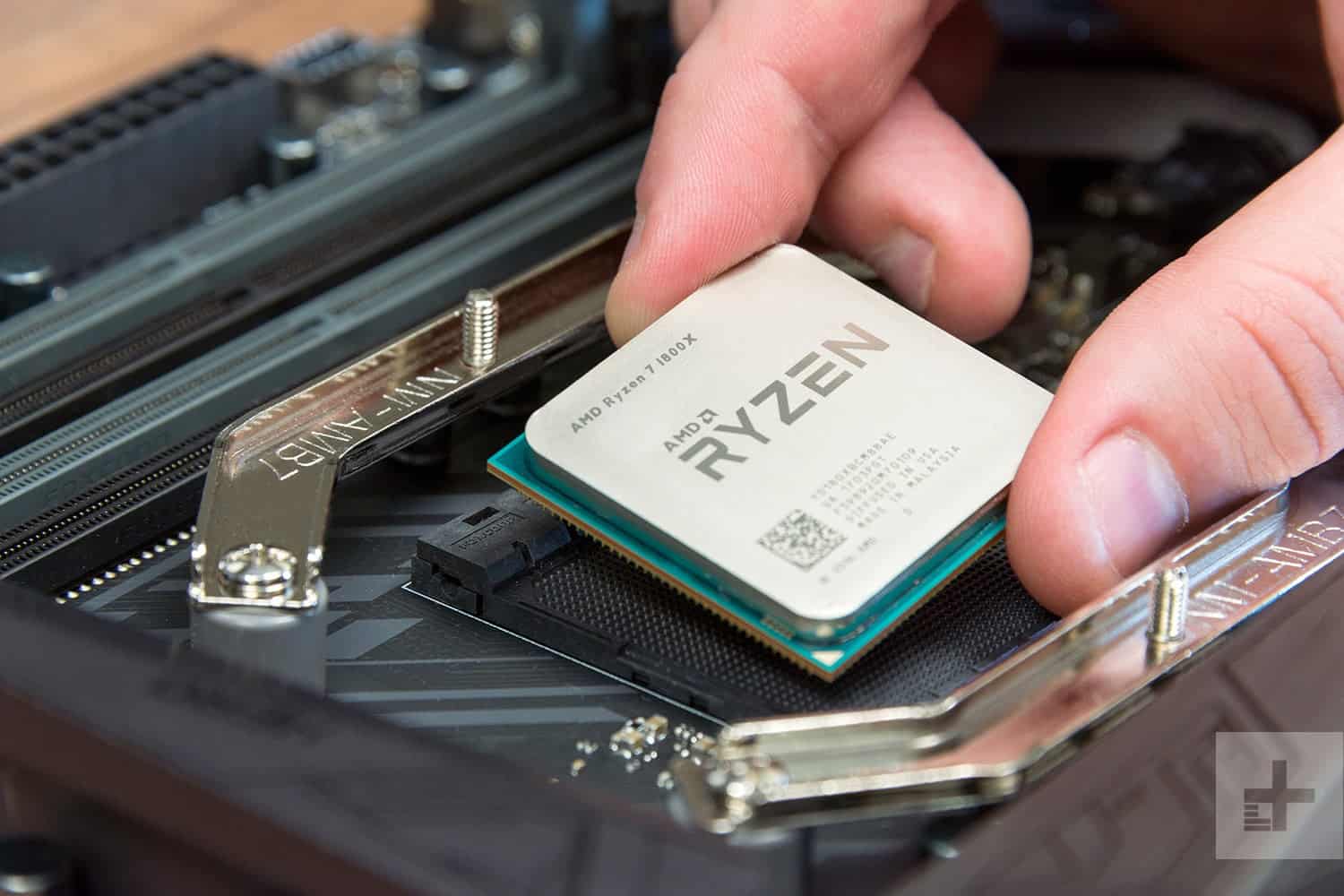

This is a good solution if you already prefer to directly manage your BIOS or UEFI for any other reason, since checking CPU temperature will be especially easy to integrate with your existing routine. It also cuts out the risk of choosing the wrong software and getting saddled with malware or spam. That means you don’t have to add any new costs, install additional software, or deal with account information for your registration or login. The primary advantage of this method is that it uses only your existing PC systems for monitoring. This should load your BIOS / UEFI interface, which for many Windows 10 users will include a CPU temperature readout. This is also where you can view the system restore and startup settings, as well as other recovery options.Ĩ. It should interrupt just before your typical boot and login procedures, and it will provide several advanced startup options.ħ. Your device will power down as usual and begin to restart. Scroll down to the Advanced startup heading and select the Restart now button. The new sidebar should load alongside the Update & Recovery panel.ĥ. Select the Recovery tab in the left sidebar. Scroll down to the Update & Recovery tab at the bottom of the Windows Settings index.Ĥ. This will open a new index and search bar under the Windows Settings header.ģ. It should be just above the Taskbar icon and your PC’s shutdown options. Select the Settings button, indicated by a white gear icon. Open the Windows Taskbar at the lower left corner of your screen.Ģ. It’s also important to remember that different methods may only apply to some users. In this procedure, you’ll rely on your device’s BIOS or UEFI (the contemporary equivalent of a BIOS interface) to check CPU temperature, as well as other hardware information and settings. How to check CPU temp from your BIOS/UEFIįirst, let’s look at the DIY method for checking CPU temp on a Windows 10 computer. While the DIY approach may be more appealing to experienced users, monitoring with software is often more convenient and easier to do. In this guide, we’ll look at how to handle the basics on your own and then explain how you can use a third-party CPU temp monitor to stay up-to-date.

Luckily, there are several different ways to do so, including a DIY method and a variety of software tools to consider. That’s why we should all try to keep tabs on CPU temperature and know exactly how to check for it.

Unfortunately it can have significant implications, often foreshadowing later issues or a decline in peak performance. But it can also happen during periods of heavy use.Įither way, having your computer overheat is a relatively common problem. Sometimes, it’s the result of aging hardware. If you’ve used a PC, chances are you’ve experienced a spike in central processing unit (CPU) temperature at some point.


 0 kommentar(er)
0 kommentar(er)
